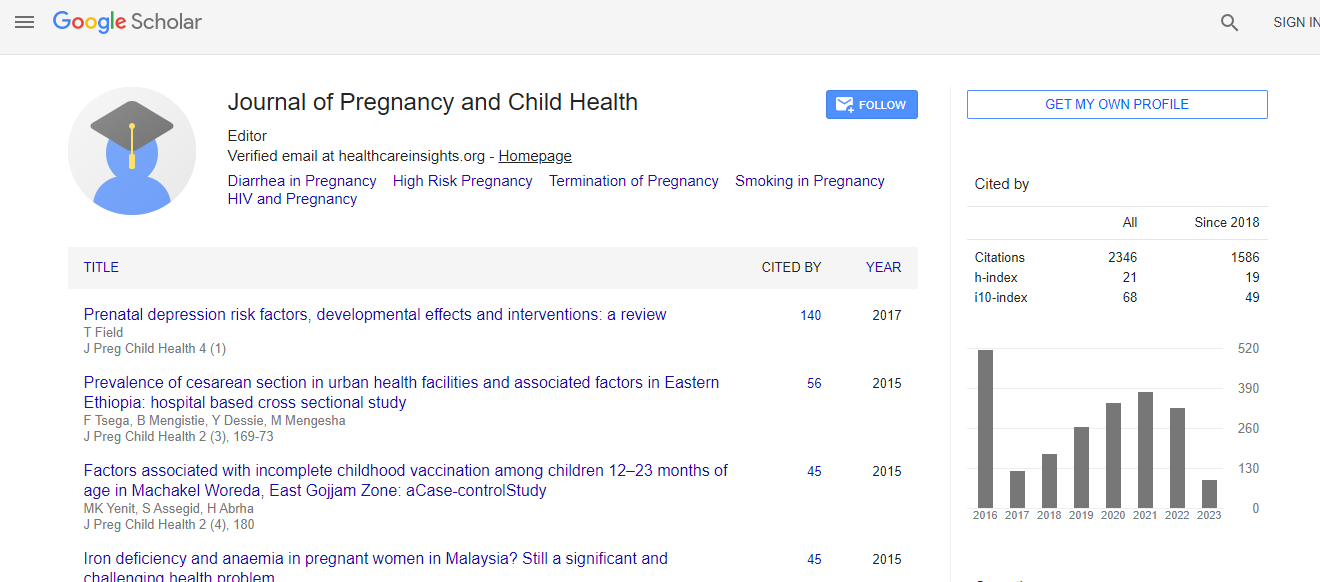Research Article
Utilization of Immediate Post-Partum Intra Uterine Contraceptive Device and Associated Factors: A Facility based Cross Sectional Study among Mothers Delivered at Public Health Facilities of Sidama Zone, South Ethiopia
Lidetu Bezabih Tefera1, Mulumebet Abera2, Chaltu Fikru3and Dawit Jember Tesfaye4*1Lidetu Bezabih Tefera, Program Officer, Engender Health, Hawassa, Ethiopia
2Department of Population and Family Health, College of Public Health and Medicine, Jimma University, Jimma, Ethiopia
3Department of Epidemiology, College of Public Health and Medicine, Jimma University, Jimma, Ethiopia
4School of Public Health, College of Medicine and Health Sciences, Hawassa University, Hawassa, Ethiopia
- *Corresponding Author:
- Dawit Jember Tesfaye
School of Public Health
College of Medicine and Health Sciences
Hawassa University, Hawassa, Ethiopia
Tel: 251912173129
E-mail: devanhijember@gmail.com
Received date: May 16, 2017; Accepted date: May 27, 2017; Published date: May 31, 2017
Citation: Tefera LB, Abera M, Fikru C, Tesfaye DJ (2017) Utilization of Immediate Post-Partum Intra Uterine Contraceptive Device and Associated Factors: A Facility based Cross Sectional Study among Mothers Delivered at Public Health Facilities of Sidama Zone, South Ethiopia. J Preg Child Health 4:326. doi:10.4172/2376-127X.1000326
Copyright: ©2017 Tefera LB, et al. This is an open-access article distributed under the terms of the Creative Commons Attribution License, which permits unrestricted use, distribution and reproduction in any medium, provided the original author and source are credited.
Abstract
Background: Insertion of an Intra Uterine device (IUD) immediately after delivery have a proven record of very high effectiveness, protection against unintended pregnancy, cost effectiveness, suitability and high user satisfaction. Despite these benefits, information on Post-Partum Intra Uterine device (PPIUD) acceptance and utilization was limited in Ethiopia. Therefore, this study was aimed to assess postpartum intra uterine contraceptive device utilization and its associated factors among mothers delivered in selected facilities found in South Ethiopia. Methods: A facility based cross-sectional study was conducted in two health facilities providing PPIUD insertion service (Yirgalem hospital and Bursa health center). Data were collected using structured questionnaire among 310 selected women. Frequency tables and graphs were used to describe the study variables. Bivariate and multivariate logistic regression analysis methods were used to identify factors associated with postpartum intrauterine device use. Variables with P-value of <0.05 with 95% CI were used to declare statistical significance. Results: Postpartum intra uterine contraceptive device use within 48 h of delivery was 21.6% while 38% of the respondents were interested in using PPIUD. Only 22.8% of participant mothers were counselled during ANC, labor and postpartum period. Mother who do not have a plan to have another child [AOR=2.36, 95% CI, (1.25, 4.47)], undecided plan to have another child [AOR=0.17, 95% CI, (0.05, 0.58)], mothers who did not heard [AOR=0.41, 95% CI: 0.41 (0.20, 0.83)] and not counselled about PPIUD [AOR=0.17, 95% CI: 0.17 (0.06, 0.52)] were associated with PPIUD utilization. Conclusion: Despite more than one-third of participants were accepted PPIUD, the actual utilization was low. Most mothers were not counselled during the important contact points through the whole cascade of pregnancy. Program managers need to develop strategies to raise pregnant mother awareness on PPIUCD through media sources. This study also highlights, the need to improve and integrate standard PPIUD counselling scheme during FANC, labor and postpartum period.

 Spanish
Spanish  Chinese
Chinese  Russian
Russian  German
German  French
French  Japanese
Japanese  Portuguese
Portuguese  Hindi
Hindi 
